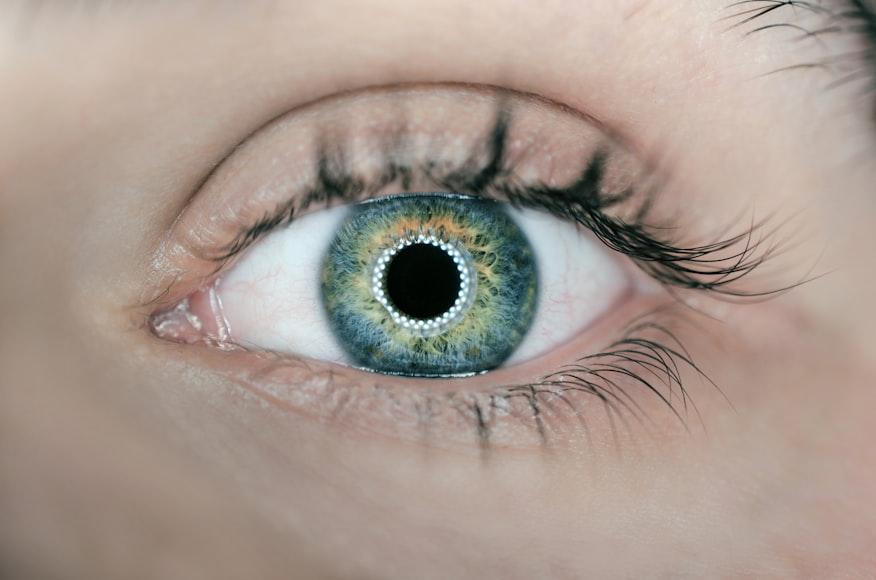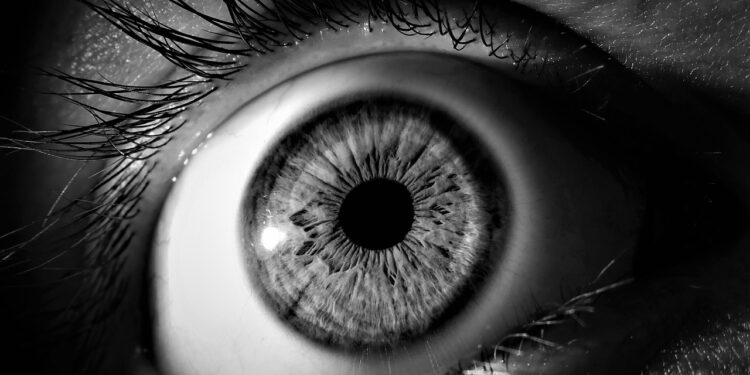The silent thief of sight, glaucoma, is a sneaky eye disease that often goes unnoticed until it’s too late. Glaucoma gradually damages the optic nerve, which is that part of the eye that sends images to the brain for interpretation. The scary thing about this sneaky disease is that it can gradually lead to vision loss. It’s one of the leading causes of blindness globally, with 80 million people suffering from it at the current time. “It is estimated that in 2010, 8.4 million individuals worldwide were blind from primary open-angle glaucoma. By the year 2040, it is estimated that there will be 22 million individuals worldwide who are blind from glaucoma,” Glaucoma Research Foundation states.

What is Glaucoma?
Glaucoma is actually a group of eye conditions which lead to vision loss. This is primarily due to the pressure that has been increased inside the eye, though it can also occur at normal pressure levels. It damages the eye by harming the optic nerve, which is like a cable that connects the eyes to the brain.
The optical nerve carries images that we see around us to the brain. So when it is damaged, the vision is affected. Inside the eyes, there is a clear fluid called aqueous humor. This fluid is produced constantly to keep the eyes healthy, and it streams out through a specific channel. The eyes need to keep a balanced level of this fluid in order to maintain the pressure inside the eyes.
In glaucoma, the fluid doesn’t drain properly, so what it does is build up inside the eyes, which causes the eye pressure to be increased. This extra pressure presses on the optical nerve, which causes it to slowly damage itself. If this is not treated, this pressure can destroy parts of the optical nerve permanently, which can lead to a gradual loss of vision.
Symptoms of Glaucoma
- No symptoms at early stage
- Tunnel vision
- Blurred vision
- Seeing halos
- Eye pain
- Headaches
- Nausea and vomiting
- Vision changes
Types of Glaucoma
Glaucoma is of different types. Most of these types of glaucoma have a lot to do with something called the drainage angle. The drainage angle is basically the part of the eyes where the fluid, which is the aqueous humor, normally flows out in order to keep the pressure in the eyes balanced.
The typical process for drainage angle and fluid is that when the angle is open and working well, the fluid drains out easily and the pressure in the eyes stays normal. But then, it is possible for the drainage to become blocked, which causes the fluid to be clogged in the eyes.
Open-angle glaucoma: This is the most common form of glaucoma where fluid drainage gradually becomes clogged, which causes the pressure in the eyes to build up. The drainage angle remains open, but this blockage is slow and silent, so the symptoms of this particular glaucoma usually go unnoticed until later stages.
Closed-angle glaucoma: In this type, the drainage angle suddenly narrows or closes completely, which causes a rapid spike in the eye pressure. It can cause symptoms like blurred vision or severe pain, and if it’s not treated immediately, it can cause permanent vision loss.
Normal tension glaucoma: This type damages the optic nerve despite normal eye pressure levels, which is possibly due to a sensitive optical nerve or a reduced amount of blood flowing towards the eyes.
Causes of Glaucoma
The main cause of glaucoma is high pressure in the eye, which happens when the eye’s drainage system doesn’t work properly. However, some people get glaucoma even when they have normal eye pressure and this is because some factors play a role in it.
Glaucoma is more common in people over 60. As we age, our eye structures tend to change, which can affect how the eyes react to the aqueous humor and the amount of pressure in the eyes. If you have family relatives with this, you are basically at a higher risk of getting glaucoma later on in life.
There are some conditions like diabetes and high blood pressure that can increase your risk, because they affect blood flow and they also have the tendency to weaken the optic nerve over time. Past eye injuries can also damage the eye’s drainage system, and long-term use of steroids, which are usually used in medications for asthma, can also increase the eye pressure. Lastly, people of African, Hispanic, and Asian descent are often at higher risk, especially for a specific type of glaucoma.
Conclusion
Glaucoma is often called the silent thief of sight because it can slowly steal your vision without you noticing until it’s too late. This eye disease damages the optic nerve which sends images from your eyes to your brain. There are different types and many of them are related to the problem with how fluid drains out of the eyes. When this fluid builds up, it increases pressure and can hurt the optic nerve.

















